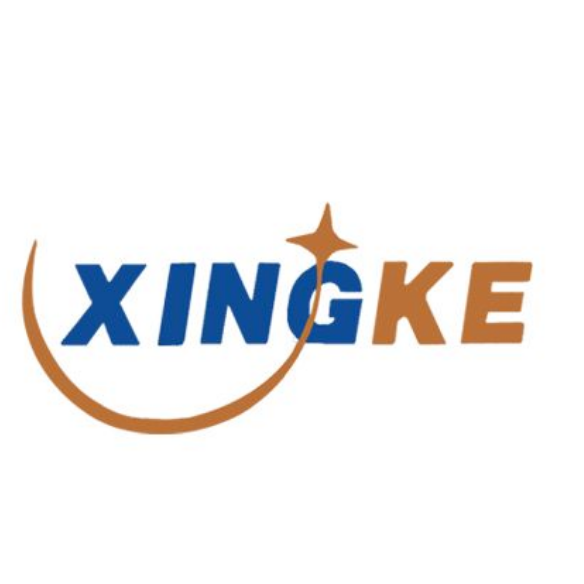Understanding Street Light Pole Materials for Urban Infrastructure
Selecting the appropriate material for street light poles is a crucial decision that impacts the longevity, safety, and efficiency of urban lighting infrastructure. Whether planning a new development or upgrading existing streetscapes, the choice of street light pole material affects everything from installation costs to long-term maintenance requirements. Modern urban planners and lighting engineers must carefully evaluate various factors to make informed decisions that serve communities effectively for decades to come.
The evolution of street light pole materials has come a long way from the earliest cast iron specimens to today's advanced composites. Each material option brings its own set of advantages and considerations, making it essential to understand their characteristics in depth. This comprehensive guide explores the various materials available for street light poles, their properties, and how to select the optimal choice for specific applications.
Common Materials Used in Street Light Pole Construction
Steel and Its Variants
Steel remains one of the most widely used street light pole materials, offering exceptional strength and versatility. Galvanized steel poles provide excellent durability and corrosion resistance, while powder-coated steel options offer enhanced aesthetic appeal. The material's high tensile strength allows for slender pole designs that maintain structural integrity even in challenging weather conditions.
Different steel grades and treatments can be employed depending on environmental factors. For coastal areas, hot-dip galvanized steel proves particularly effective at resisting salt spray corrosion. In urban environments, steel poles can be designed to accommodate additional equipment like security cameras or wireless transmitters, making them highly adaptable to smart city initiatives.
Aluminum Alternatives
Aluminum street light poles have gained popularity due to their lightweight nature and inherent corrosion resistance. The material's natural oxide layer provides protection against environmental degradation, reducing maintenance requirements. Aluminum poles are particularly suitable for areas where weight restrictions apply or where installation access is limited.
Modern aluminum alloys offer improved strength-to-weight ratios and can be fashioned into attractive designs that complement contemporary architecture. The material's excellent thermal conductivity also aids in heat dissipation from LED fixtures, potentially extending the lifespan of lighting components.
Environmental Considerations in Material Selection
Weather Resistance and Durability
The local climate plays a crucial role in street light pole material selection. Areas experiencing frequent storms or high winds require materials with superior structural strength. Coastal regions demand enhanced corrosion resistance, while locations with extreme temperature variations need materials that can withstand thermal expansion and contraction without compromising structural integrity.
Professional engineers assess wind load calculations and environmental factors to determine the appropriate material thickness and pole design. This analysis ensures the selected street light pole material meets local building codes and safety standards while maintaining long-term reliability.
Sustainability and Environmental Impact
Modern infrastructure projects increasingly prioritize environmental sustainability. Recycled content and end-of-life recyclability have become important factors in street light pole material selection. Steel and aluminum both offer excellent recycling potential, while newer composite materials may provide innovative eco-friendly alternatives.
The carbon footprint of manufacturing and transportation also influences material choice. Local availability of certain materials may reduce transportation emissions, while the energy efficiency of production processes varies among different materials.

Cost Analysis and Economic Factors
Initial Investment Considerations
The upfront cost of street light pole materials varies significantly. While steel often represents a more economical initial investment, factors such as transportation, installation requirements, and immediate treatment needs must be considered. Aluminum poles might carry a higher initial price tag but could offer savings through reduced installation costs due to their lighter weight.
Material selection also impacts installation equipment requirements and labor costs. Heavier materials may necessitate specialized lifting equipment, while lighter options might allow for more efficient installation processes, potentially offsetting higher material costs.
Long-term Maintenance Economics
Lifecycle cost analysis reveals that initial material costs represent only part of the total investment. Maintenance requirements, replacement frequency, and repair costs significantly impact the long-term economics of street light pole installations. Materials requiring frequent repainting or corrosion treatment incur ongoing maintenance expenses that must be factored into budgeting decisions.
The expected service life of different materials also affects their economic viability. While some materials may have higher upfront costs, their extended durability and reduced maintenance requirements could result in lower total ownership costs over time.
Frequently Asked Questions
What is the typical lifespan of different street light pole materials?
The lifespan varies significantly among materials. Properly maintained steel poles typically last 20-30 years, while aluminum poles can exceed 30-40 years. Factors such as environmental conditions, maintenance practices, and initial material quality greatly influence longevity.
How do environmental conditions affect material selection?
Environmental conditions such as coastal salt spray, extreme temperatures, and high winds significantly impact material performance. Coastal areas often require specialized corrosion-resistant materials, while regions with severe weather may need stronger materials to withstand environmental stresses.
Which material offers the best value for long-term installation?
The best value depends on specific project requirements and local conditions. While steel often provides good initial value, aluminum's longer lifespan and lower maintenance requirements may offer better long-term economics. A comprehensive lifecycle cost analysis should guide material selection based on local factors and budget constraints.

